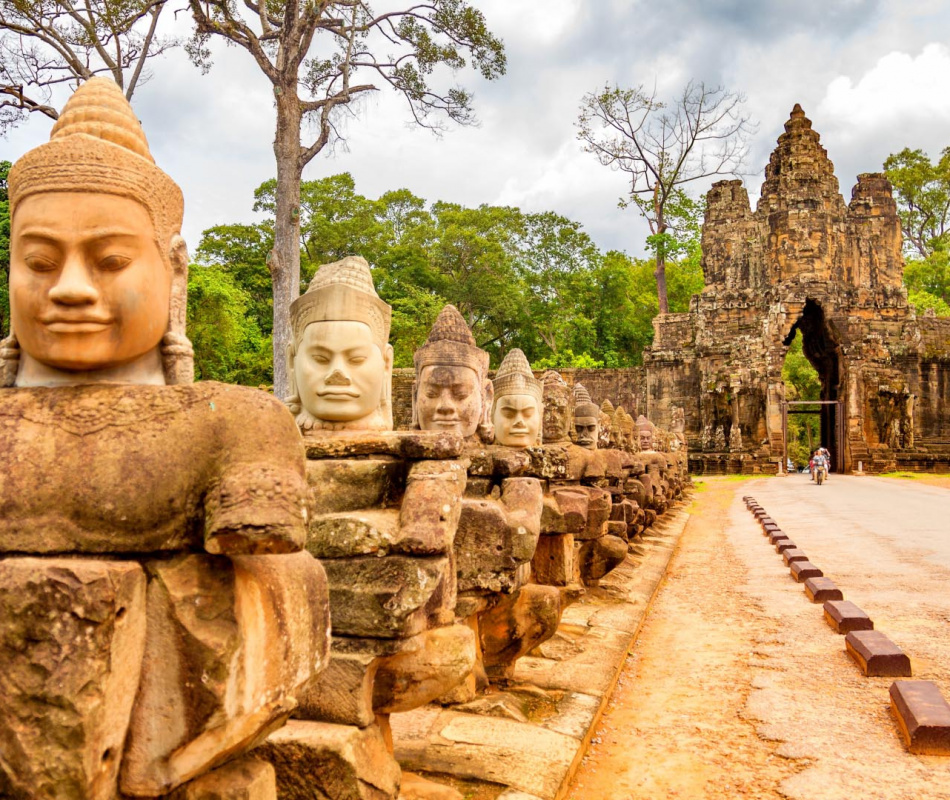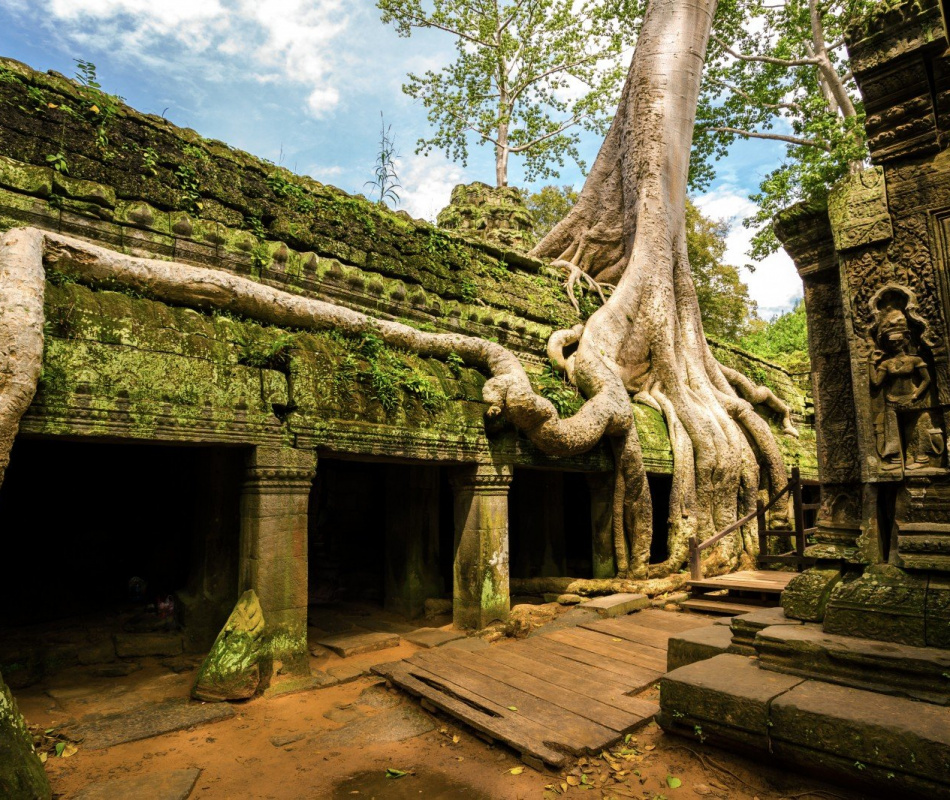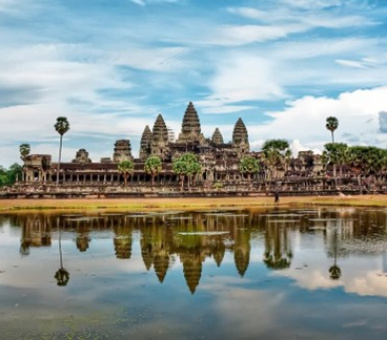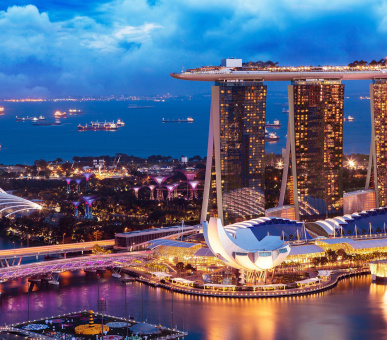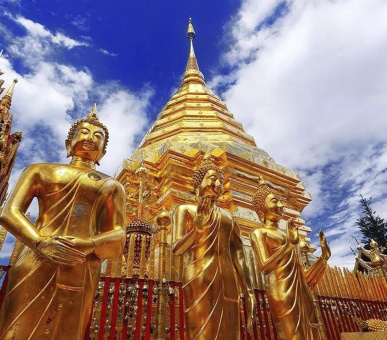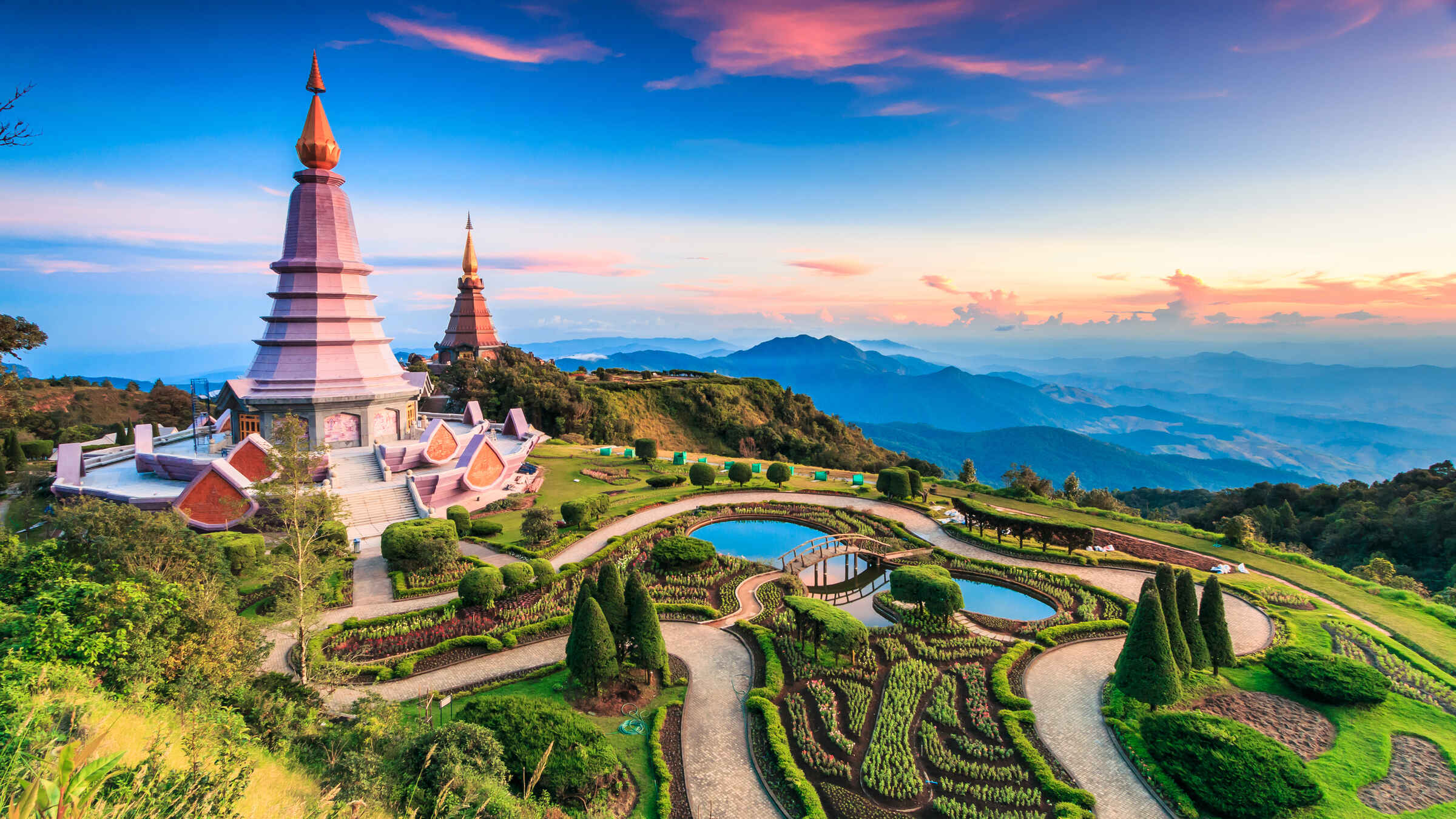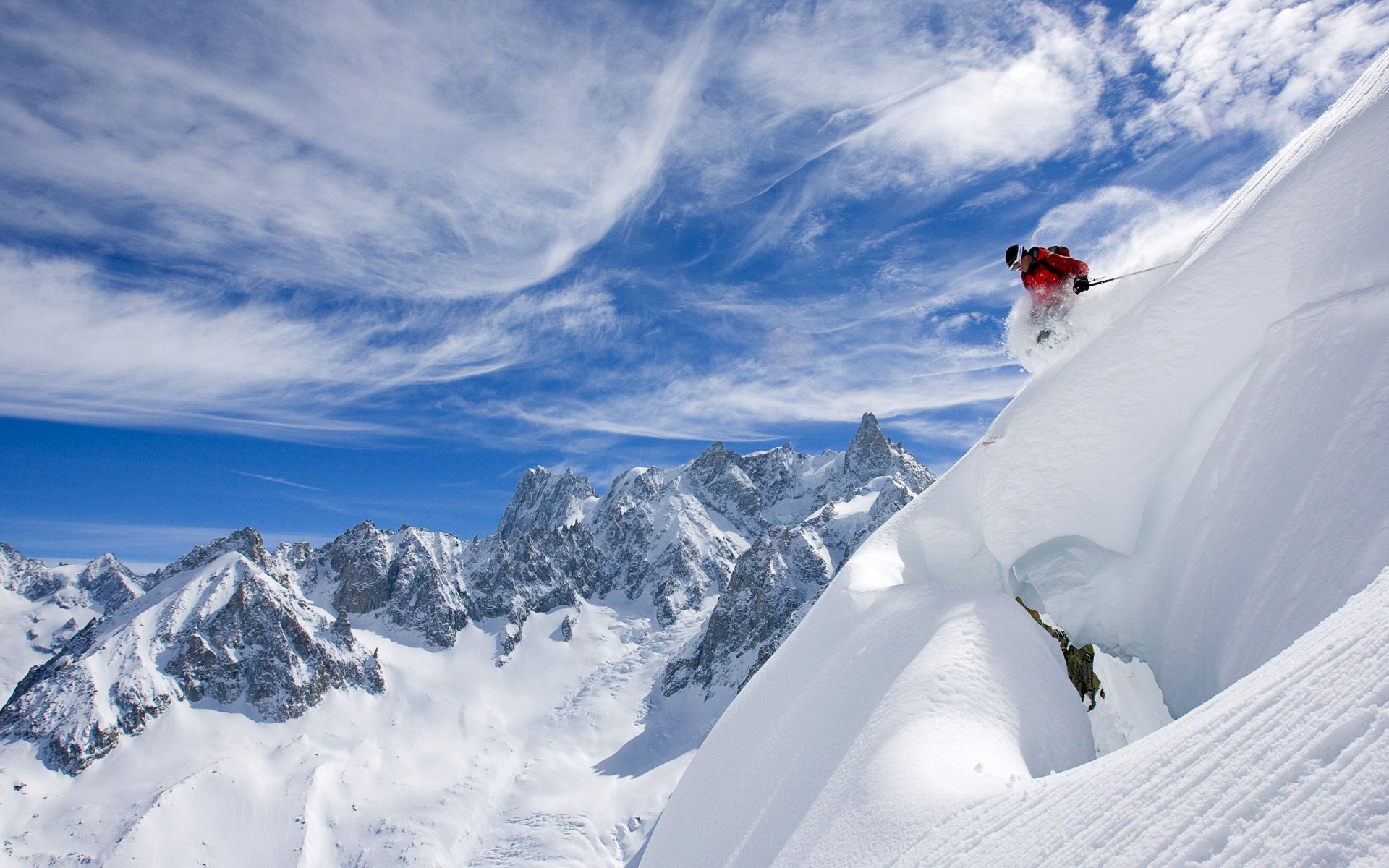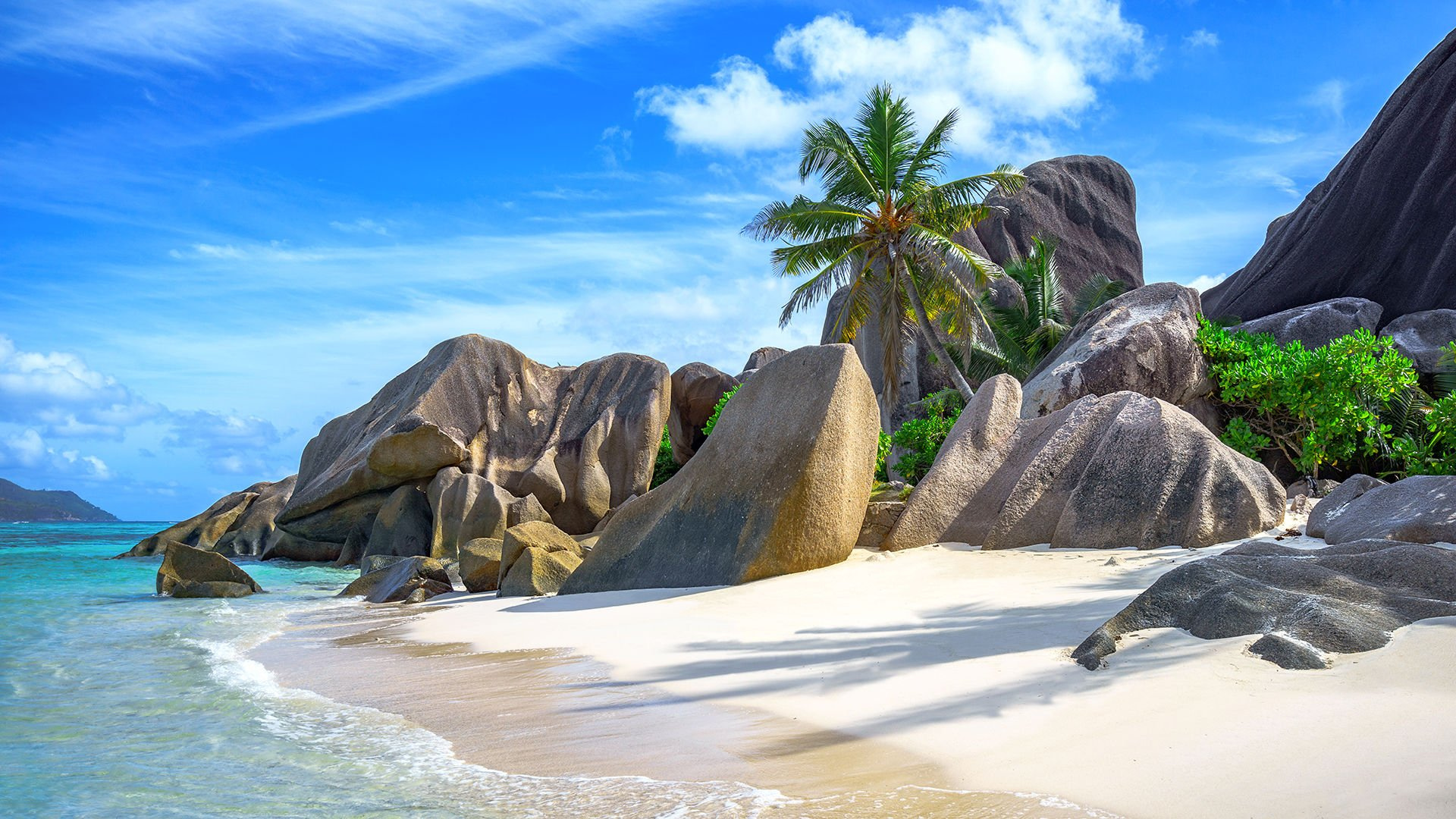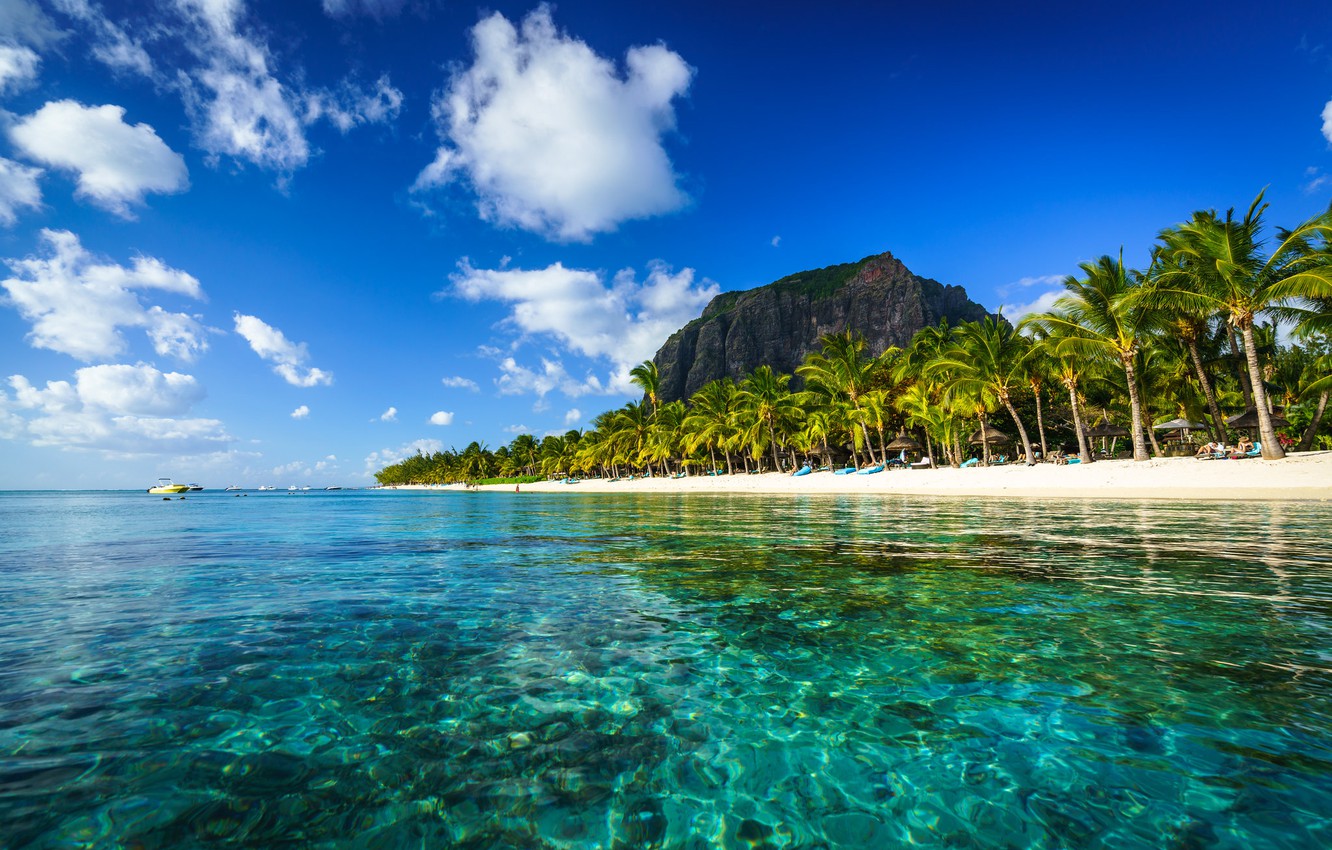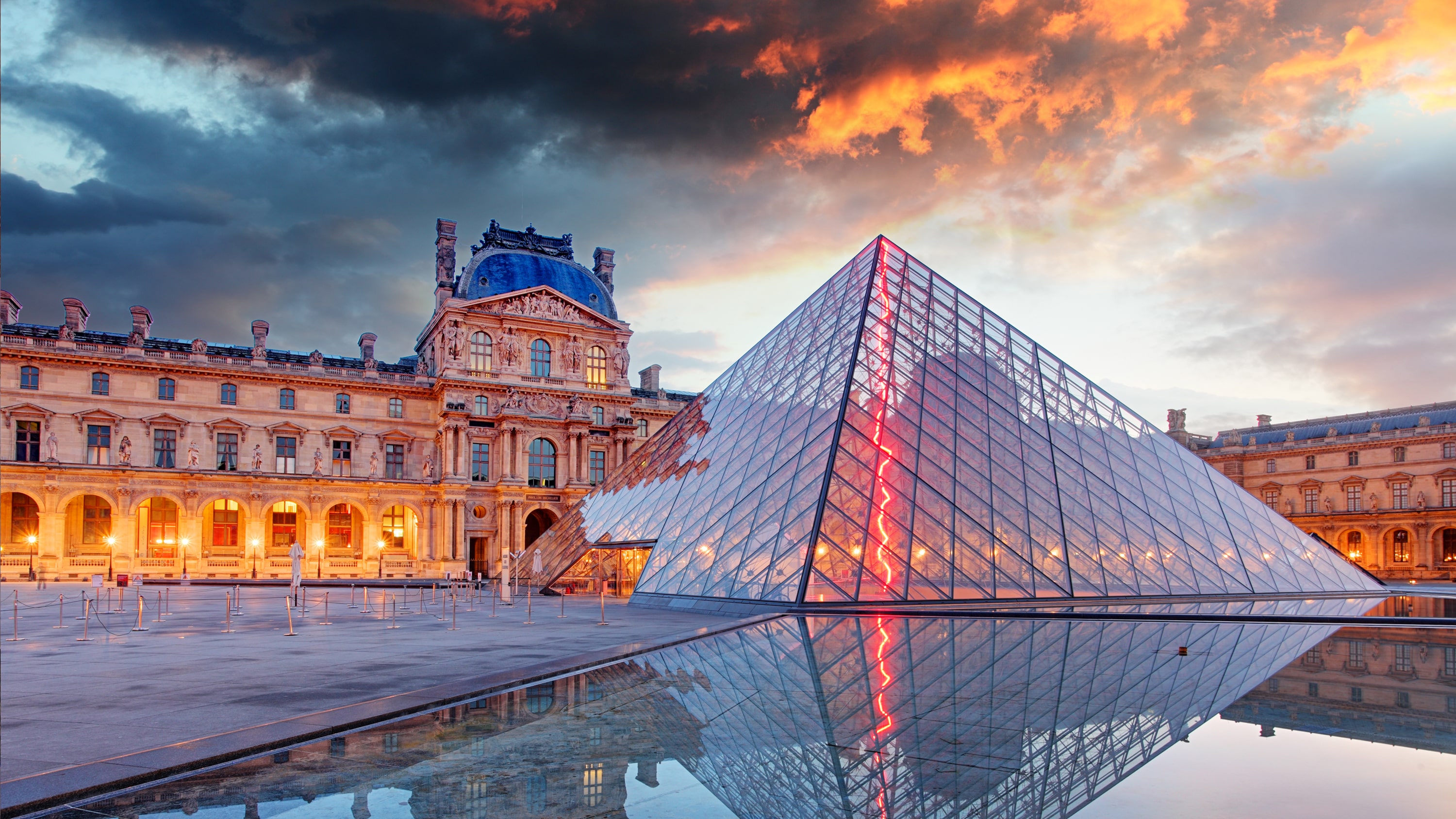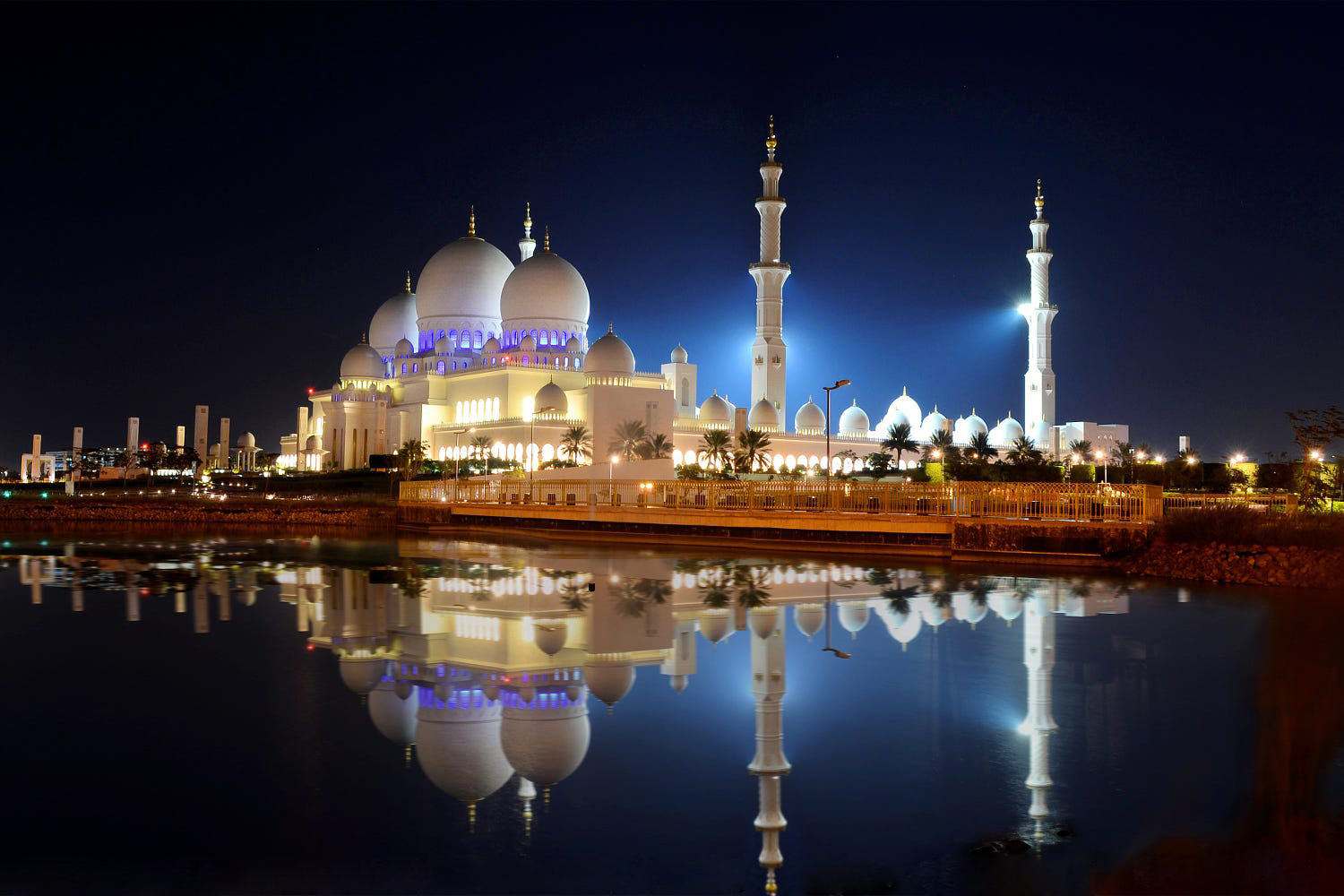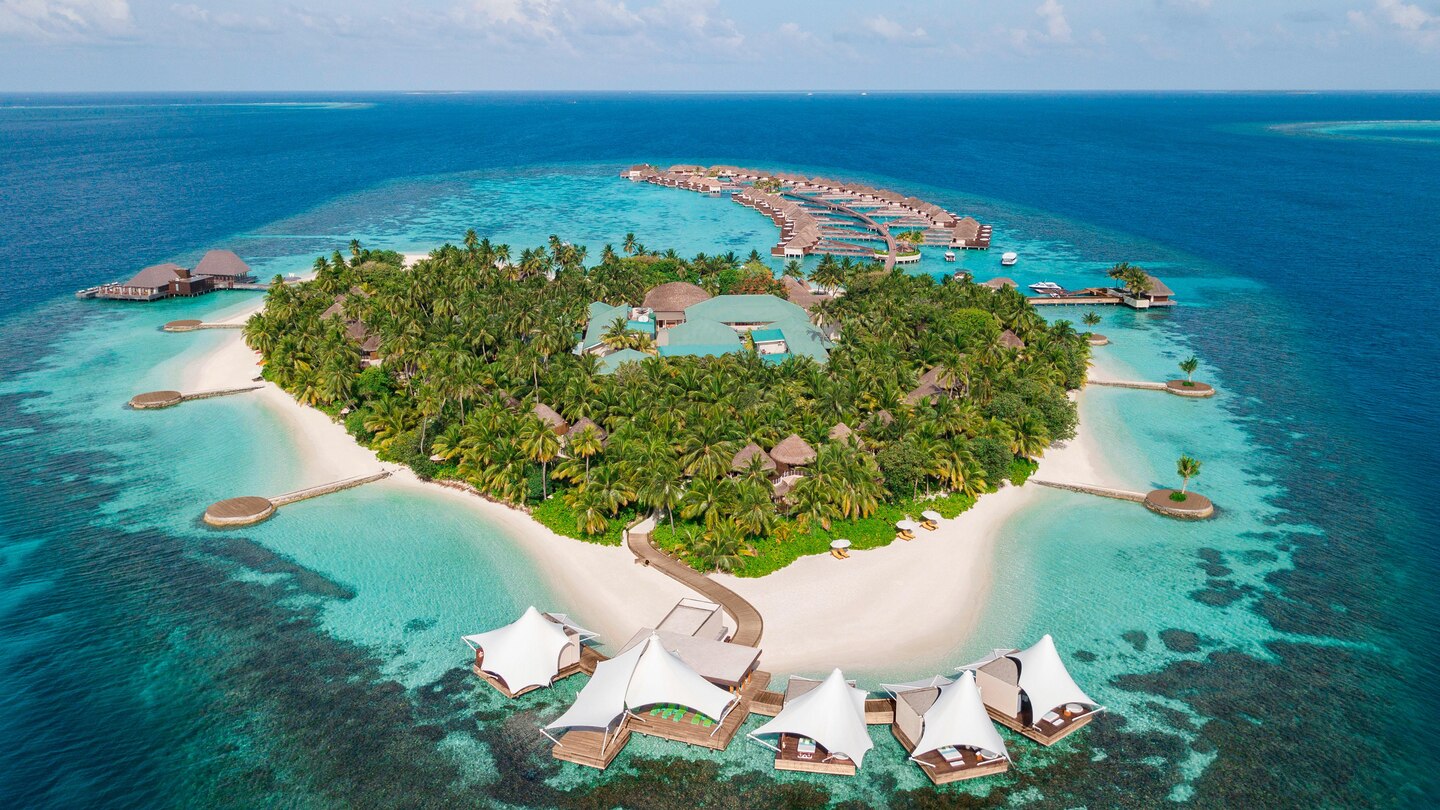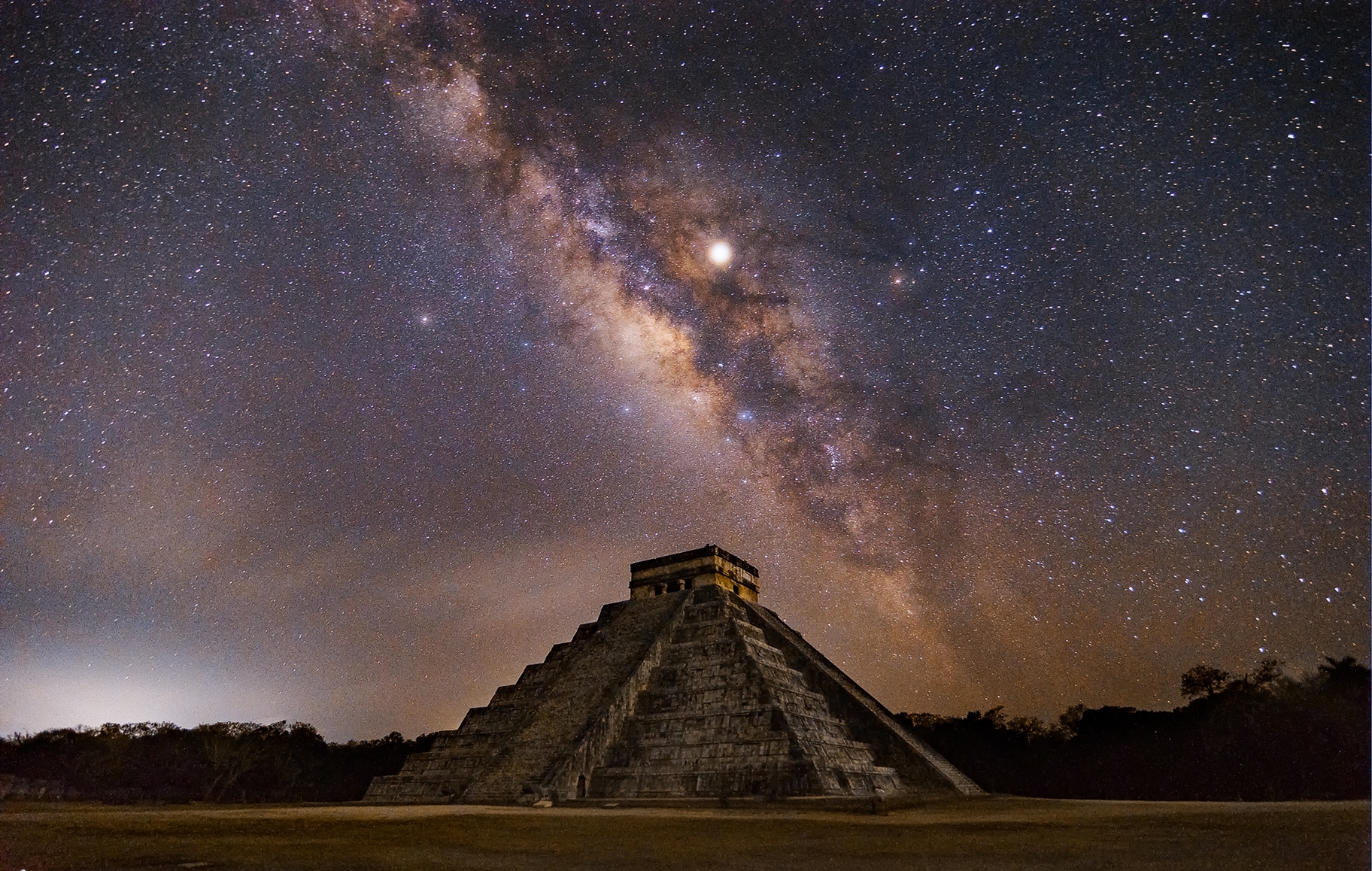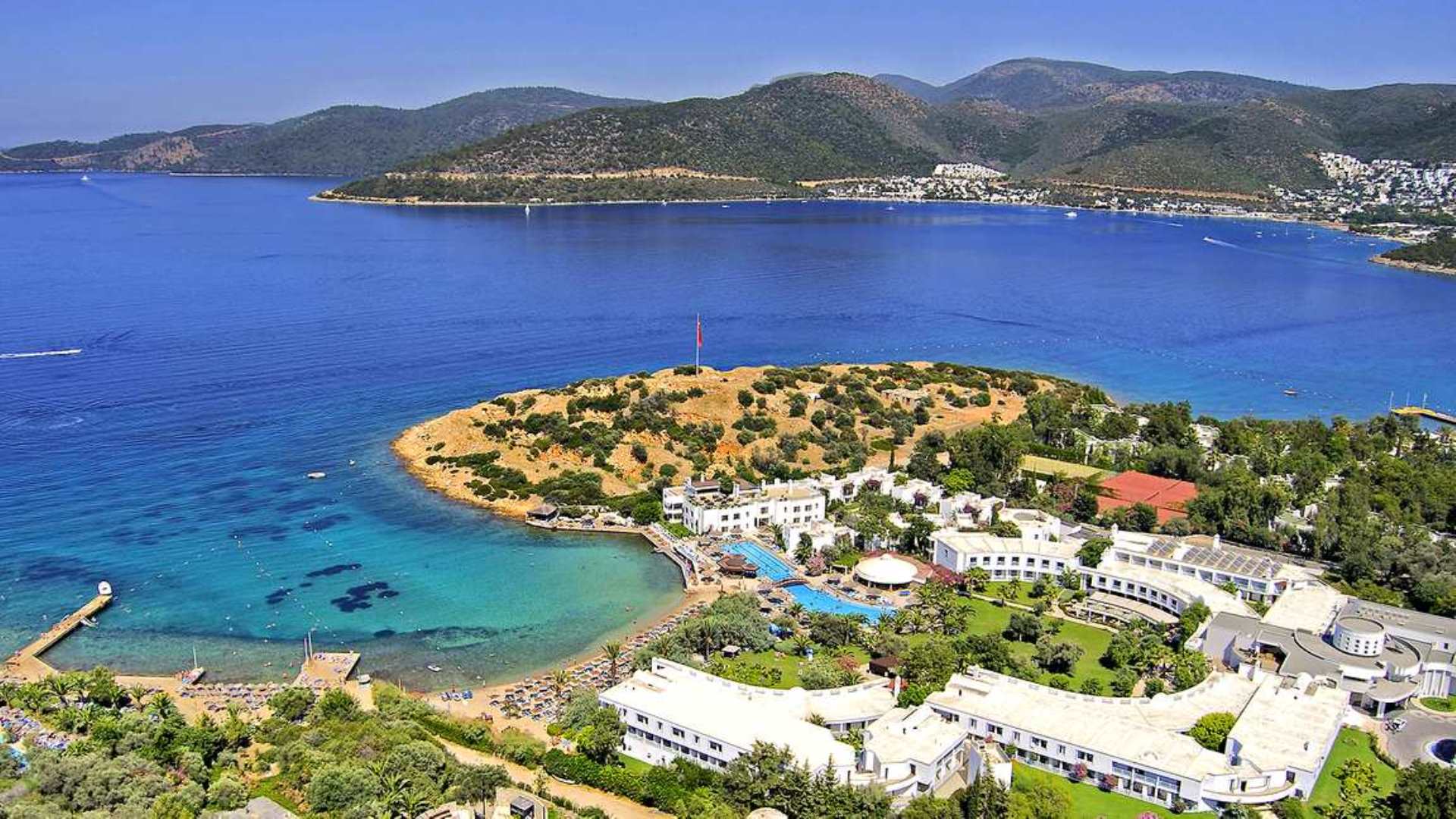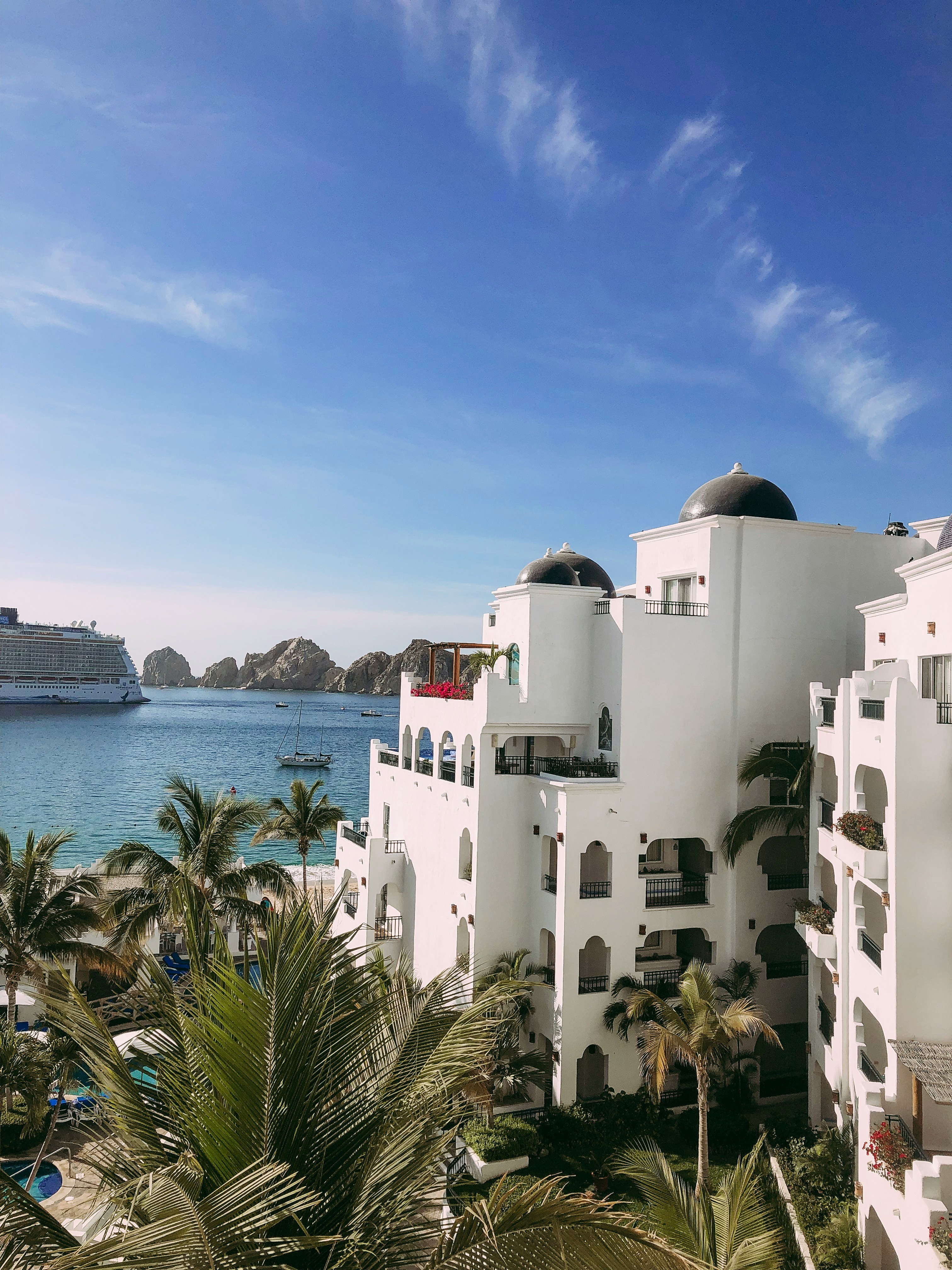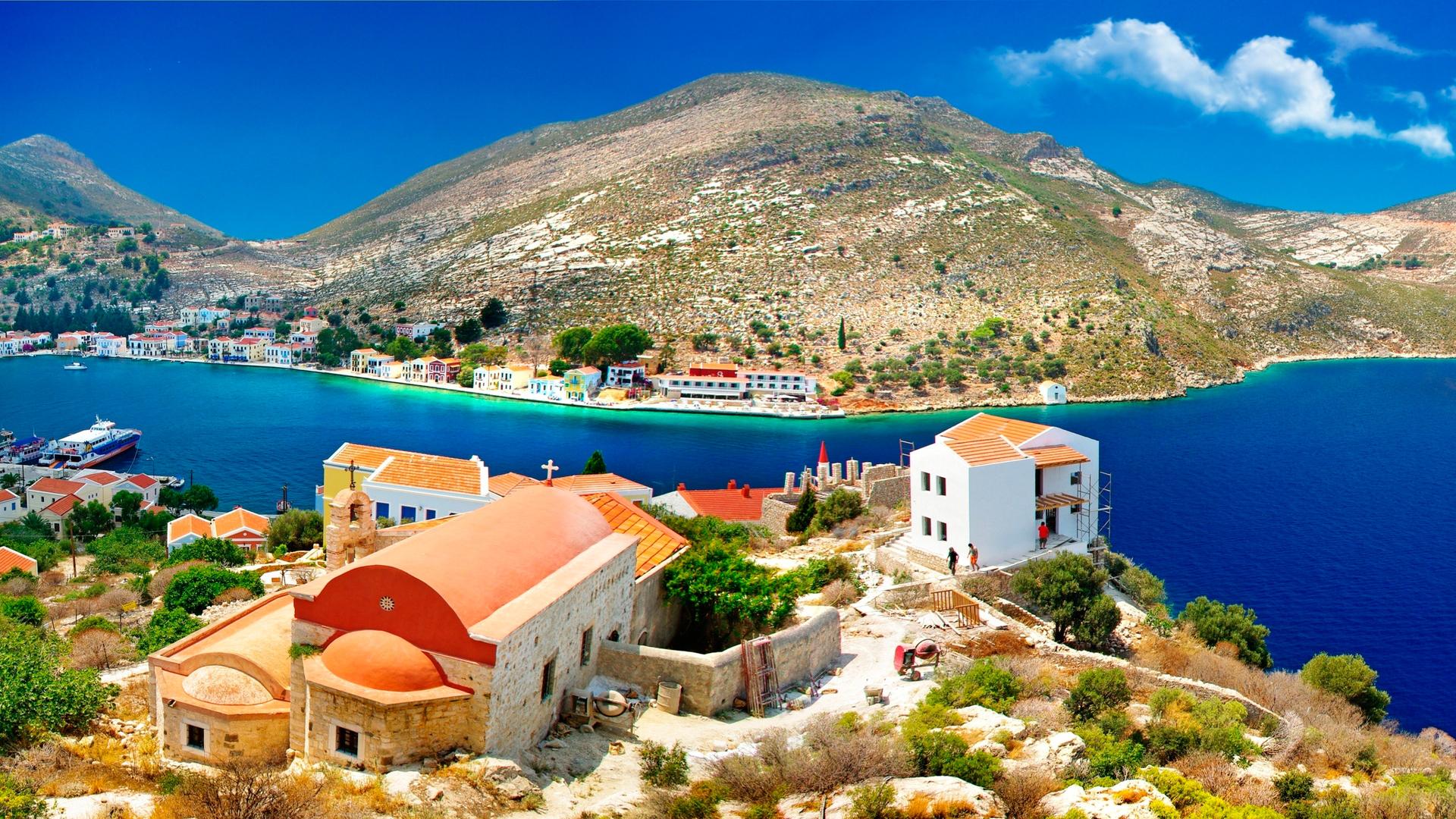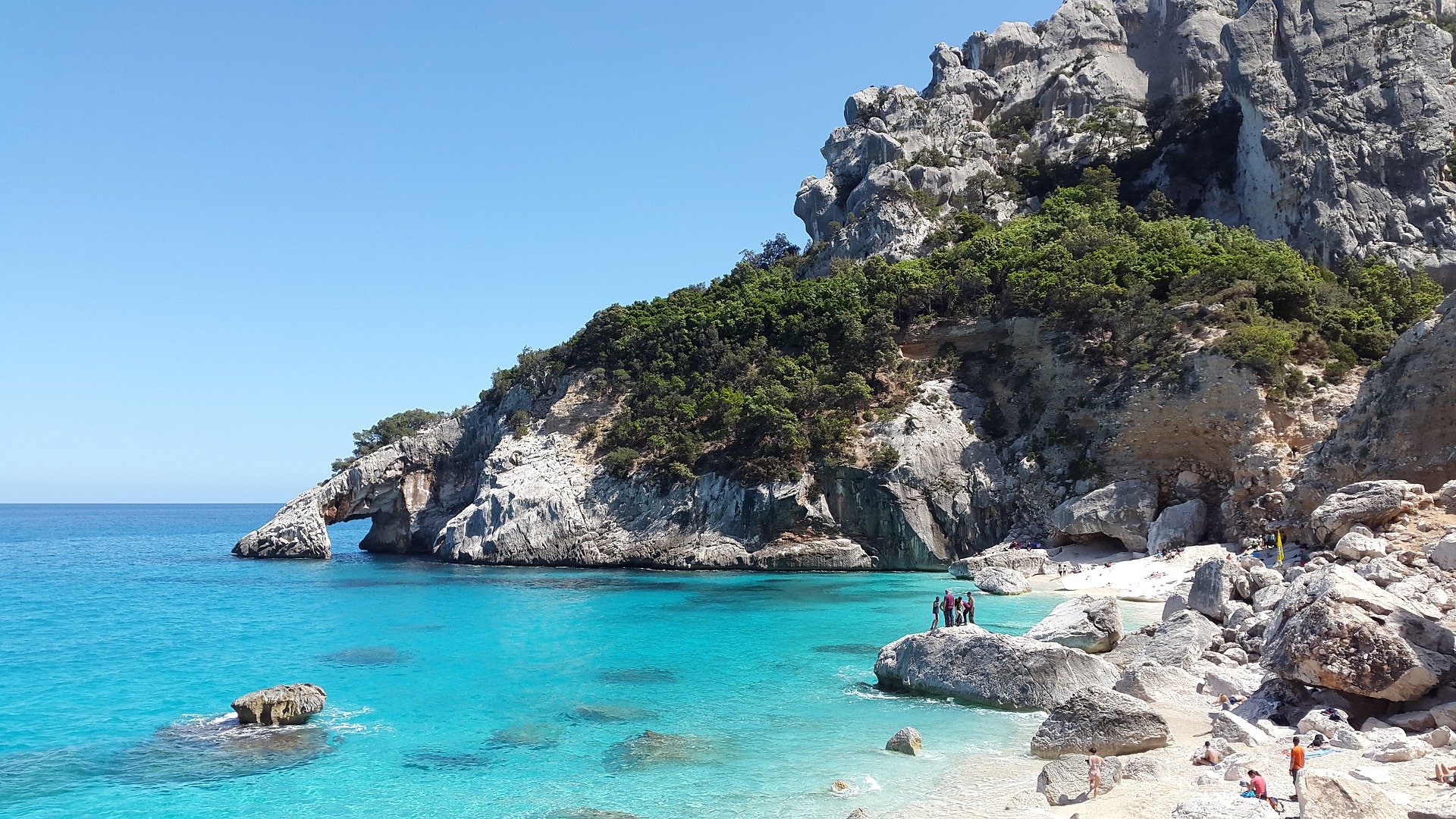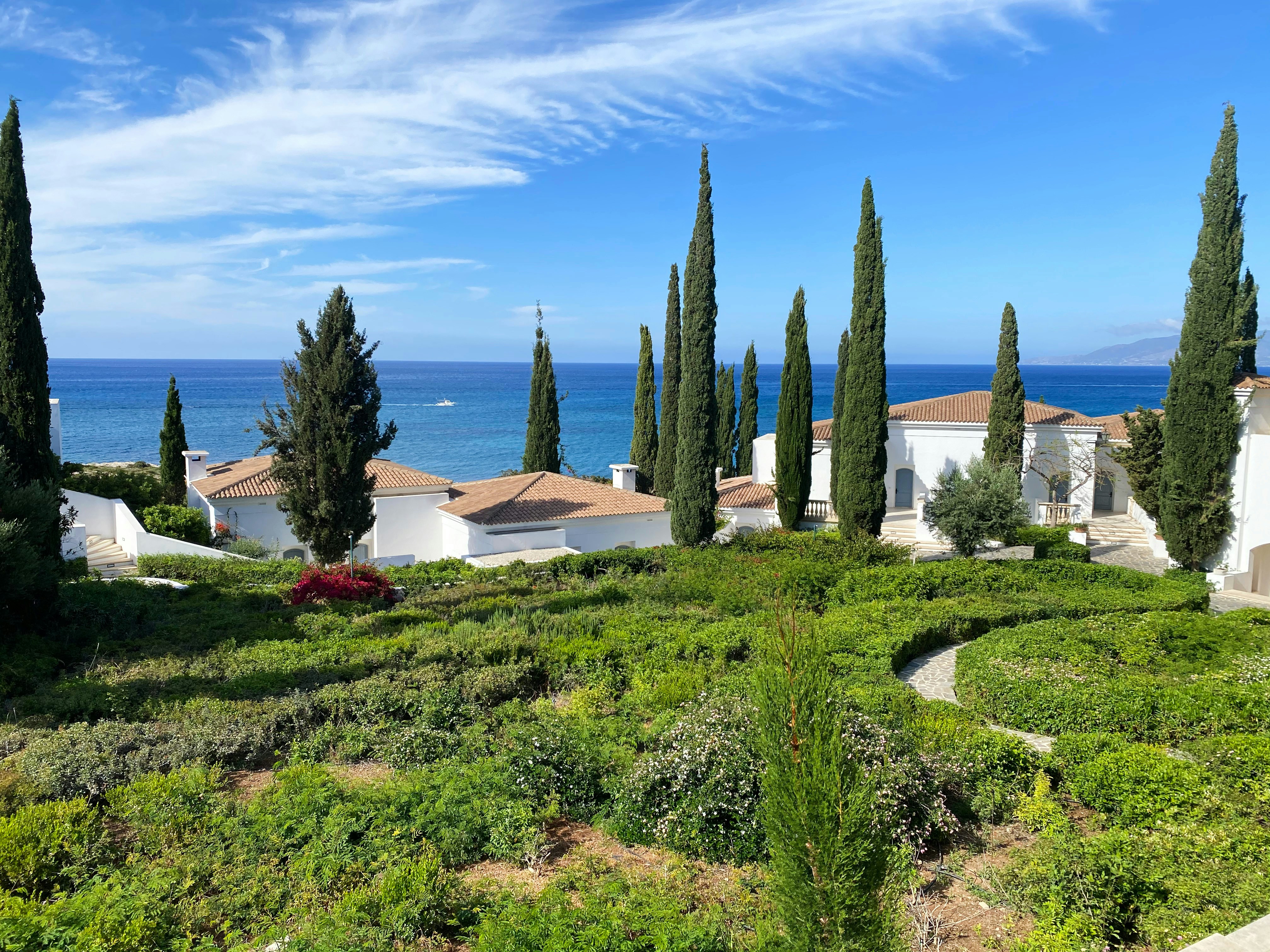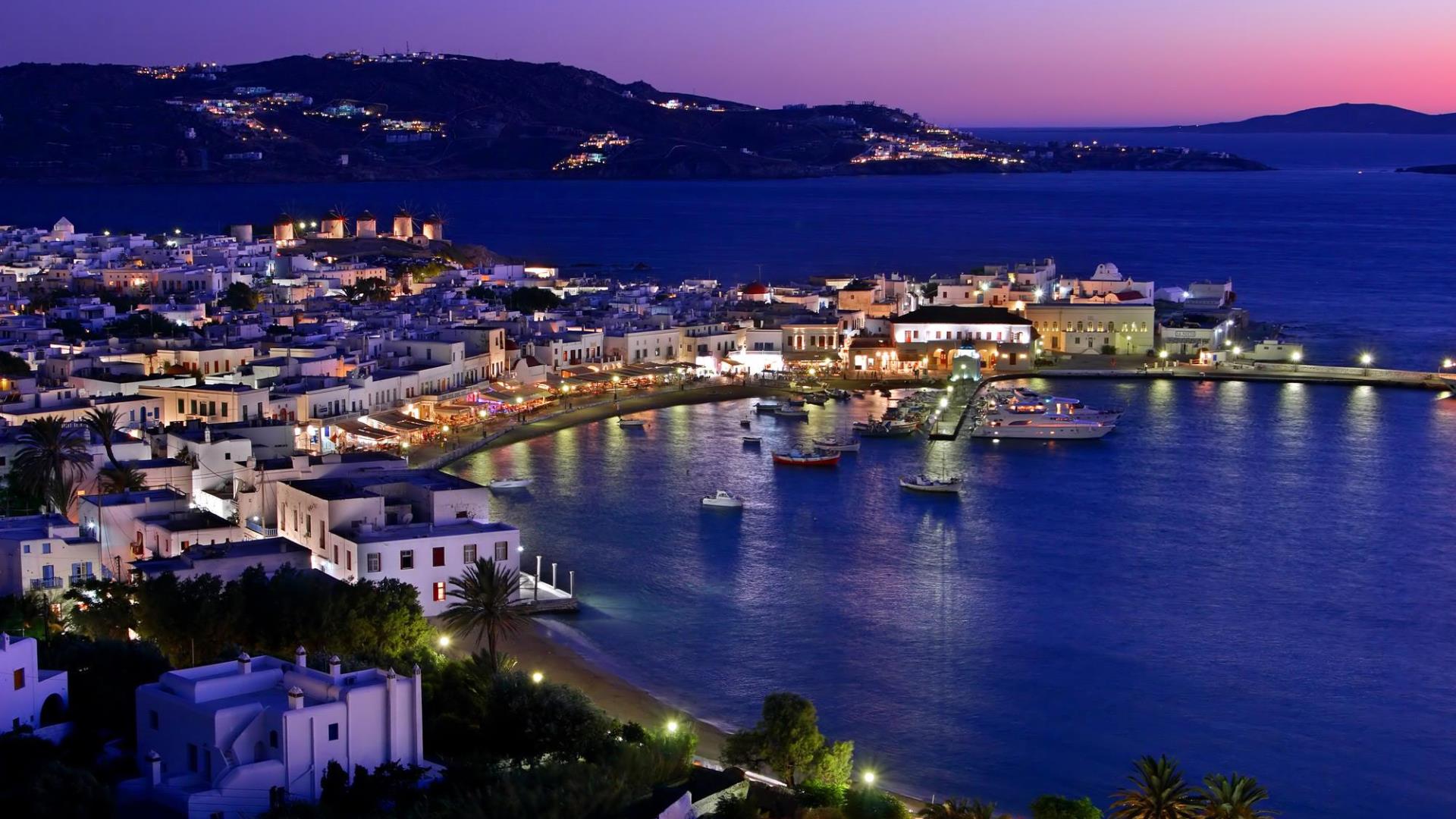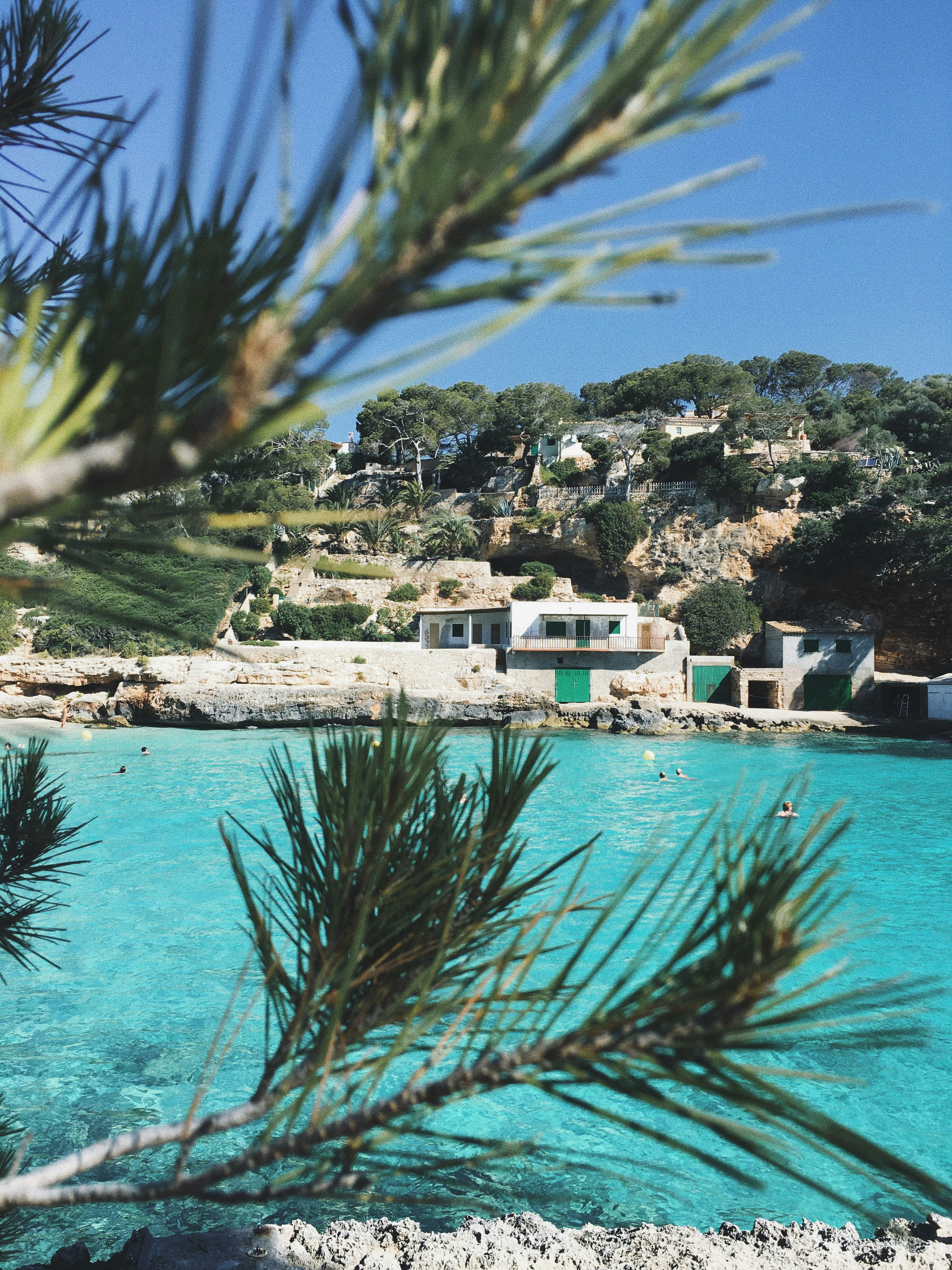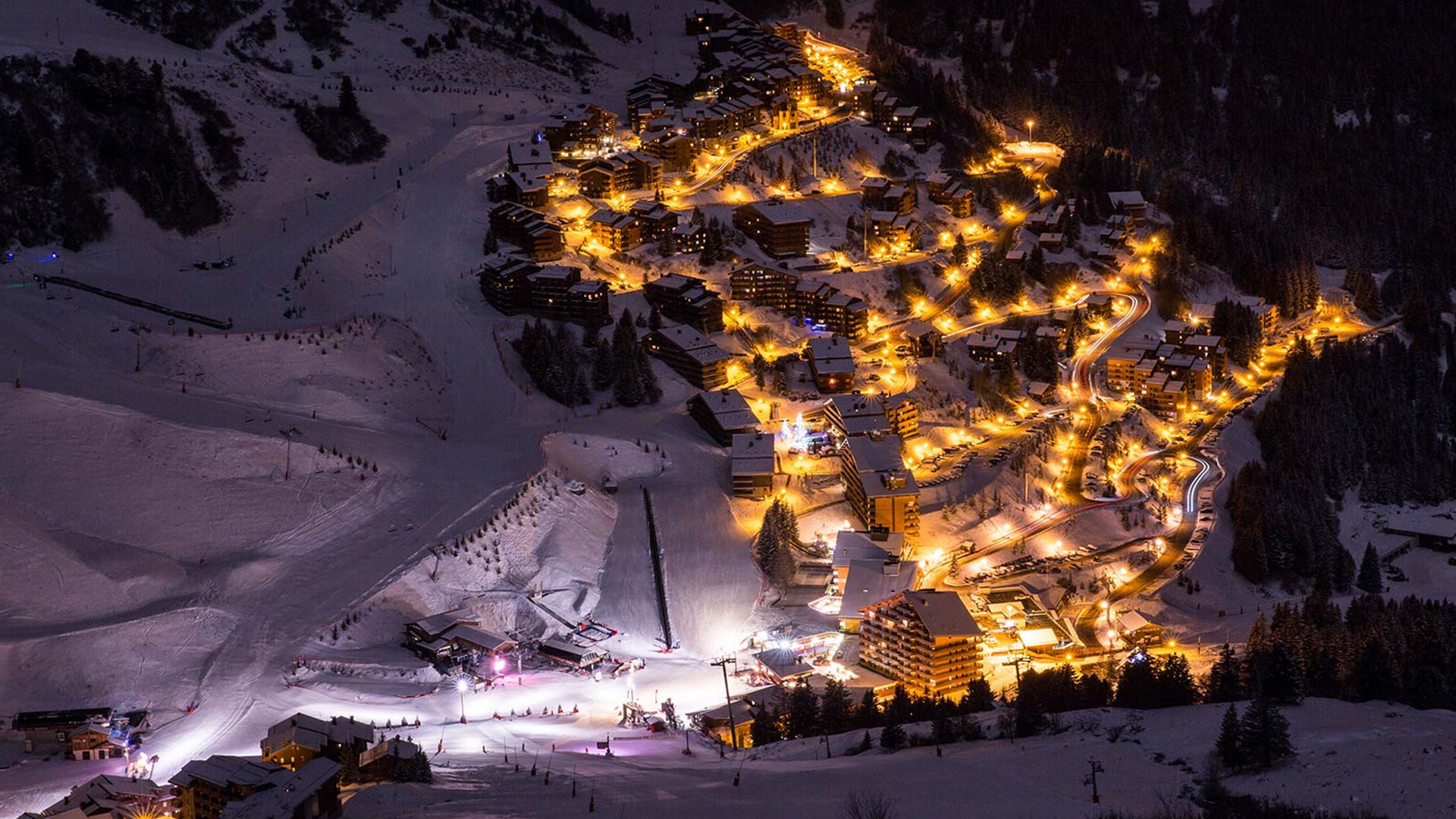The official language is Khmer, spoken by 95% of the population, Chinese, Cham and Vietnamese are also used. Mountain peoples speak their own dialects: Ziarai, Stiengi, Kui, Por, Samre. Young people have begun to actively study English, and older Cambodians speak French. The predominant religion is Buddhism, a minority professes Catholicism, there is a small number of Caodaists.
Features of the Kingdom of Cambodia
Combined and individual tours to Cambodia attract a huge number of tourists. Fans of active recreation, extreme sports, and rich excursion programs will get maximum pleasure here. You can combine several excursions - Vietnam-Cambodia or Thailand-Laos-Cambodia. Reasonable prices and high-quality service at the European level are pleasing.
There are three main seasons for visiting the country: from November to January - the coolest time, from February to April - the hottest period and from May to October - the rainiest season. The average annual temperature is +25C°. Tourism is gradually developing in Cambodia, but it is still the least known and visited country, although completely undeservedly: there are a huge number of historical, cultural attractions dating back to different centuries. Even the shortest tour will allow you to remember with admiration this ancient state, inhabited by simple, friendly and welcoming people.
The main attractions of Cambodia
Most of the cultural heritage of Cambodia has survived to the present day, although this country had to endure a lot, especially during the period of the Khmer Rouge policy, which was called the "clean state". Then more than two million people died and many works of art.
It is impossible to imagine a modern holiday in Cambodia without the royal ballet, which vividly and emotionally shows the connection between the past and the present. It is based on the dances of Java, India, Thailand. During difficult historical periods, this type of art was on the verge of extinction, but thanks to the surviving seamstress, it was possible to preserve and revive the beauty of the national costume.
The most famous historical monument of Angkor occupies an area of about 200 m2. This huge complex of majestic palaces and temples was the capital of the Khmer state in the ninth century. The outer side of the walls of the buildings is decorated with various bas-reliefs, among which you can distinguish the heroes of the Ramayana, the god Vishnu and the warlike duels of the king. The most significant cult building in the world is the Angkor Wat Temple, and its citadel is Angkor Thom. In total, about one hundred structures have survived, which were taken under the control of UNESCO in 1992.
Any vacation in Cambodia includes a visit to the city of Roluos, which was the capital during the reign of Jayavarman II, who founded the entire Khmer state. The Lolei Temple still houses a Buddhist monastery, and Bakong is distinguished by its five-tiered architecture: this sanctuary is surrounded by three powerful walls that provide protection, and a deep moat located between the first and second walls.
The capital is now Phnom Penh, a large port located on the Tonle Sap River, built in the fourteenth century. It is very colorful and beautiful here, the most visited areas are the Royal Palace, the National Museum and the French villas.
The Royal Palace consists of the Throne Room, three pavilions: the Elephant, Napoleon III and Chan Chaya, and the Royal Treasury. You should definitely see the Golden Buddha Statue in Pre Viher Keo Morakot and the luxurious Royal Gardens. You won’t be able to visit the palace itself, since the entrance is closed, but all the nearby buildings are freely accessible. History buffs will definitely appreciate the authentic Khmer history items preserved in the National Museum: numerous collections from different centuries, starting from the sixth century, are on display here.
Resorts of Cambodia
In the southern part of the country is the most famous seaside resort of Sihanoukville, also called the City of Fishermen or the Coastal City. Small, cozy and developing - its economy is based on fishing, trade and tourism. This area is famous for its magnificent golden beaches, the clear waters of the Gulf of Thailand and exotic palm groves. The most popular beaches are Victoria Beach, Sokha Beach and Hawaii View. The impeccably clear water is suitable for diving and snorkeling, and there is also the opportunity to go water skiing, swimming or fishing. The resort offers many modern comfortable hotels: five-, four- and three-star, those who wish can rent a local bungalow.
In the north of the country is Battambang: this city is unhurried and retains the charm of the colonial style, its main attraction is the old beautiful French quarter on the very bank of the river. There are many restaurants where you can try real Cambodian, Chinese and Thai cuisine. The most popular establishments are Sunrise Coffeehouse and Phkay Proek. You can buy souvenirs and go shopping at the local markets: Psar Nath has a huge selection of meat, fruits and vegetables, and Da Nine Market offers various souvenirs or things that every tourist needs.
The resort town of Kep offers a comfortable holiday in Cambodia for those who love boat trips, golden beaches and picturesque nature. Fans of tasty and nutritious crab meat will be able to enjoy this delicacy here, hunting for them themselves or buying from locals. Previously, it was a very popular resort among the French elite, now there are fewer tourists here, but you can take a break from the bustle of the city, and also take a short trip to the uninhabited Rabbit Island, located near the city - this will bring a lot of unforgettable emotions and impressions. Kep is gradually developing and will soon regain its title of a famous resort.
Climate and Seasonality
If you thought that the rainy season in Cambodia is a continuous flood, inconvenience and despondency, then you are absolutely in vain. Everything is quite the opposite. After a long six-month drought, nature is reborn again. A variety of plants bloom around, which have finally waited for the desired moisture. It is during this period that the mighty jungle amazes with its beauty. Streams and rivers, which practically dried up during the absence of rain, fill up again and delight with their sparkle.
Do not think that it rains constantly during this period. No. Nature has its own, so to speak, schedule, to which you can quickly adapt. Usually it rains at night, and during the day warm and sunny weather sets in, which is quite suitable for tourist walks and excursions around the country. There are much fewer roads during this period, but you can easily travel by water and then the sightseeing will bring you even more pleasure. During the rainy season, improvised waterways become an efficient, unusual and extremely pleasant way of getting around.
